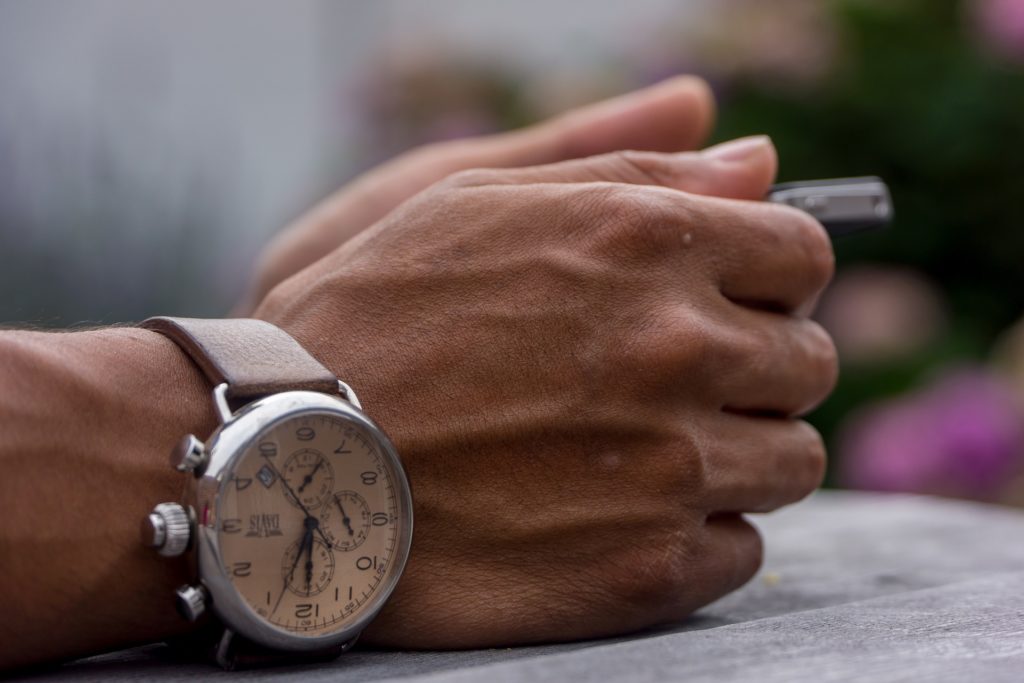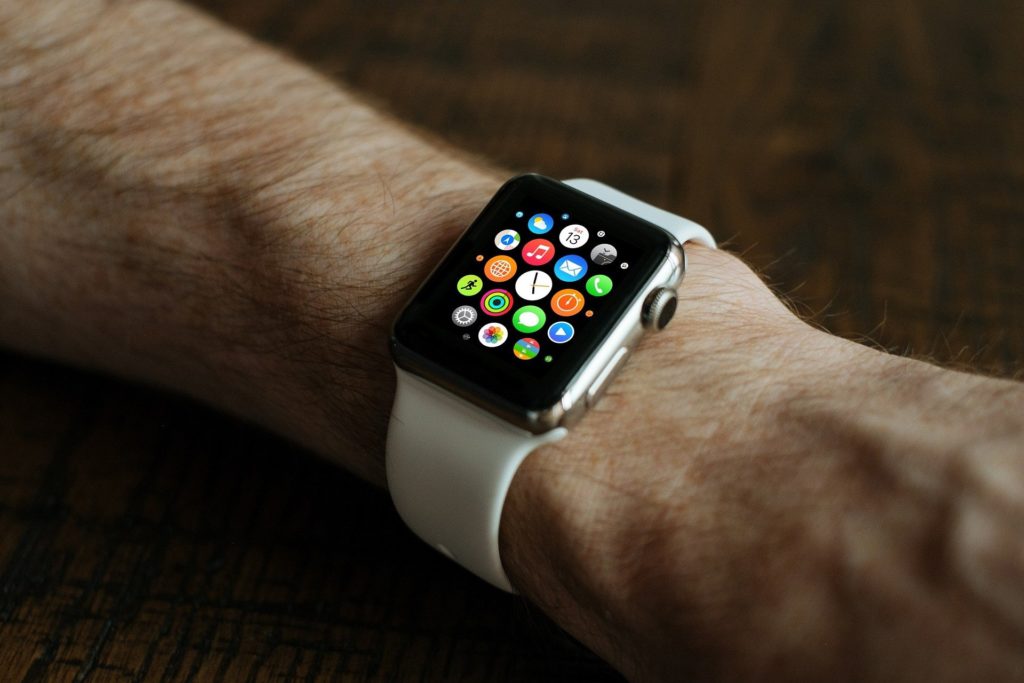
The movement from analog watches to smart watches
Analog watches are slow (not technically), and that’s one of the main reason why the new generation is switching to smart watches. Interestingly, watch on the wrist has become half mobile.
Rolex Stories

Swiss watches like the Rolex or Omega have reached a point where the so called luxury Swiss watches are now competiting with smart watches for market share. Well, of course both Rolex and Apple Watch per se cannot be compared in terms of luxury, but they are indeed different when it comes to their purpose.
Most of the Rolex customers are rich luxury watch enthusiasts looking for hand made watches with diamonds on it. Well, the Apple Watch, which is one of the most selling watch in the world doesn’t have diamonds or Swiss hand-works. But they’re still one of the rich’s favorite choice.
Apple Watch

Besides from the fact that Apple Watch is the most selling watch in the world, the product itself is one of the most accepted considering various features including health tracking and connectivity with Apple devices (such as your iPhone).
The migration from analog watches to smart watches is happening to a point where we can confidently say that it has already happened. One of the primary reason is notifications and connectivity.
Users are now able to track their activity, listen to music, read headlines, see notifications and, of course, check time. When a $200 watch from one of the world’s most premium company like Apple provides all these features, even the Rolex owners might go for an alternative option.
Long Time
It won’t take a very long time to see a massive migration from analog to smart watches. The right way for the luxury Swiss watch brands to stay in the market is to stay in the crowd by adapting to smart watch methodologies which is already in the process.
Well, Rolex is Rolex and Swiss hand-made watch legacy is always in place, but the smart race is nothing but “smart” and it’s here to stay.





